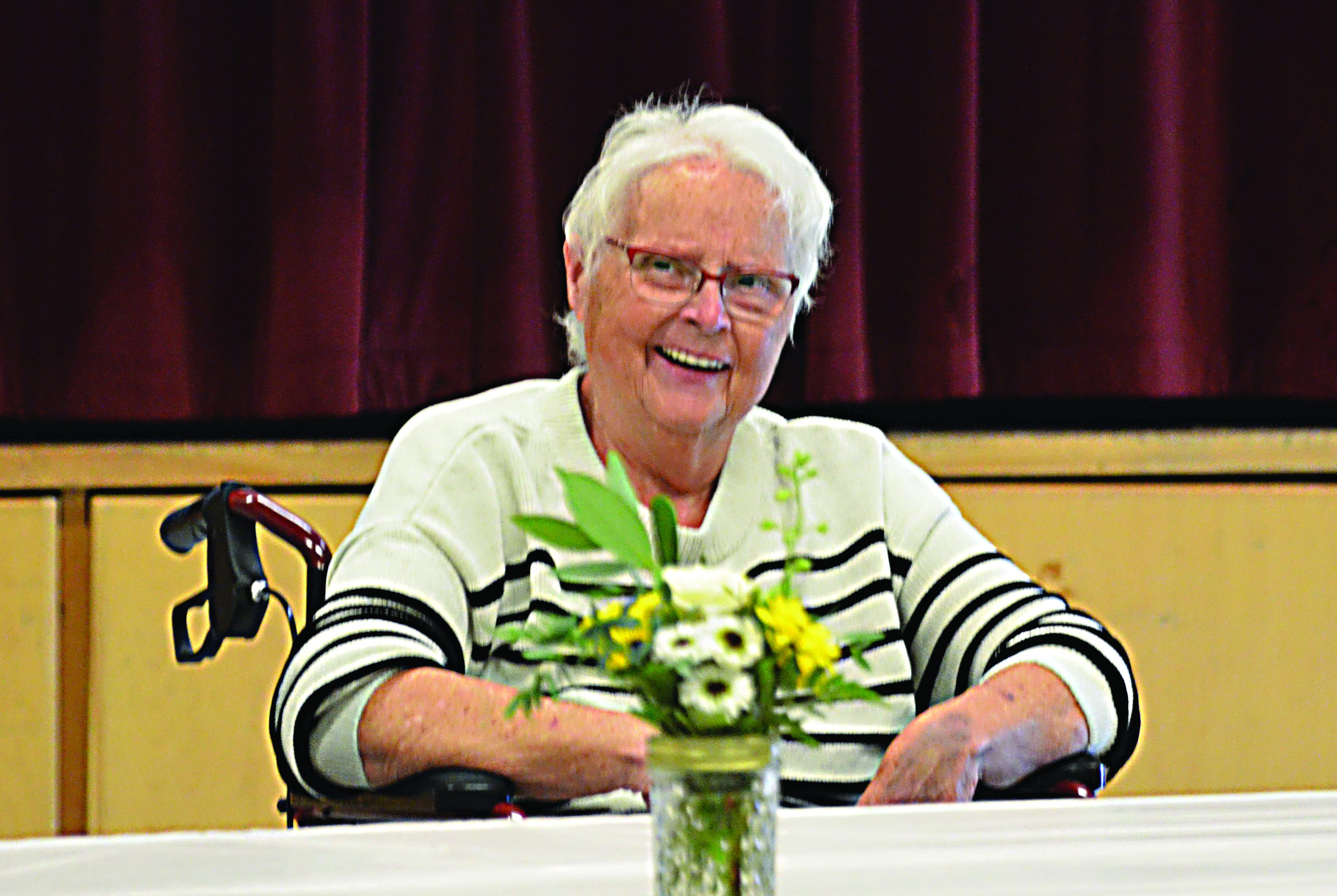MAIN STREET: The color of the West
Published 4:00 pm Wednesday, December 8, 2010
Old friend Hal Cannon showed up on public radio this weekend with another story about cowboys. Cannon began and built the Cowboy Poetry Festival in Elko, Nev., and has been at Fishtrap and in Wallowa County schools a couple of times over the past 25 years. He’s made a career of finding poems and songs about cowboys, cowgirls and their cows, dogs and horses. Sheep herders, too, have shared a stage at Elko or in one of Hal’s books. His search and support for the vocation has been global – Aussies, Peruvians, Scotsmen, you name it. If there is a livestock tradition anywhere, the people who practice it have given themselves to poems and songs to describe their lives and fill the times of separation from other human animals as they relate to their four-legged friends. The coming together to sing and celebrate has not always been as grand as it is in Elko, but that sharing, too, must be as old as the craft.
The radio appearance was the occasion of the 100th anniversary of John Lomax’s famous book, “Cowboy Songs and Other Frontier Ballads.” Lomax hung out in bars and honky-tonks, at first with an old Edison wax cylinder and the nearest bullhorn, but later with more sophisticated equipment, to capture the sounds of Texas. John Lomax and later his son, Alan Lomax, found sharecroppers and visited prisons, any places where people got together and sang, and supplied thousands of recordings to the Library of Congress. They were the heroes of and promulgators of the folk music revival in the 1960s.
According to Hal and the information funneled from John Lomax, there had been an assumption that cowboy songs and ballads came in a fairly straight line from old English ballads, but in fact they drew, and draw still in part, from the African-American blues tradition. The repeating lines, the laments, the sounds were tempered with color as they came West.
Years ago I read a book called “The Negro Cowboys,” in which the authors argue that there were always black cowboys in the West, and that Owen Wister, the author of “The Virginian,” had done as much as any one to erase color from the West, not so much in overt racist badmouthing-though one can find it on occasion-but in the celebration of Anglo-American superiority that marked the time of Manifest Destiny and the White Man’s Burden that Wister embraced.
According to Cannon and Lomax, as many as one-fourth of the cowboys involved in the big cattle drives after the Civil War were African American, often freed slaves. They rode and roped and sang alongside Confederate veterans. There were Mexicans, too, and Indians, Jews and mixed-race folks drawn to a place and job where performance was more important than one’s looks or name.
The cowboy film tradition of the ’30s, ’40s, and ’50s found its heroes in Wister’s heroes, the Anglo-American men of spunk and valor, “Saxon boys of picked courage,” he called them. Then, as Hal Cannon says, “as the mythic cowboy grew in stature, the real cowboy in all his diversity was slowly cropped out of the picture.”
Local folks know about the black cowboy, George Fletcher, and the Indian, Jackson Sundown, at the Pendleton Round-Up. Rancher Doug Tippett has a privately printed book about the Snake River with wonderful pictures of braided Indian cowboys in sheepskin chaps alongside their white cohorts at the turn of the last century. There is the sad story about the Chinese Massacre and stories told me about a Chinese restaurant in Wallowa in the ’20s or ’30s (“We were not allowed to go in,” a woman who had been a schoolgirl at the time told me. “I don’t know how they survived.”).
In Montana, the French trappers took Indian wives – their descendants are known as Metis – and one of the best books I’ve ever read about early whites in Indian country is “Tough Trip Through Paradise,” Andrew Garcia’s account of a love affair and failed 1878 journey to get from Montana back to Idaho with his Nez Perce bride, a refugee of the Nez Perce War.
The real West is dotted by stories of friendship, cooperation, and sometimes marriage among people from across the world and the Indians who were always here. And the sad and bad stories, too. Real history, poetry and song tell them all. Thanks to the likes of Lomax and Cannon for grubbing them out, and for linking the humanity of it – and the roles of our four-legged partners-across divides of race and country.





